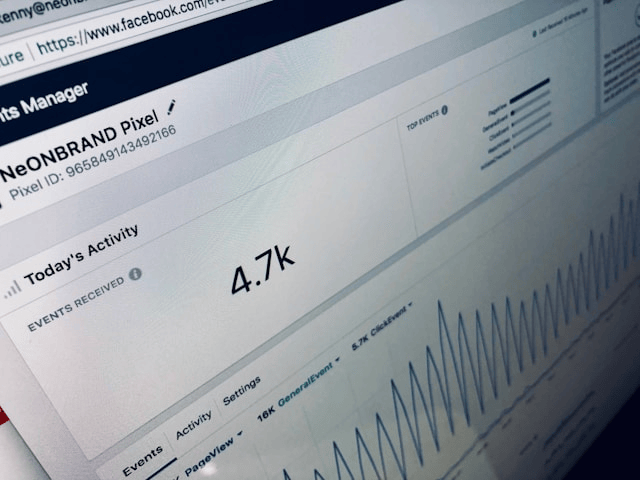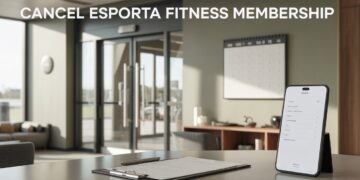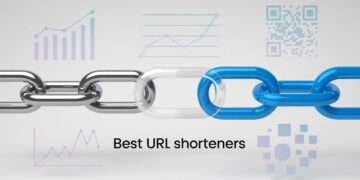If you’re just starting your journey in digital marketing, running Facebook ads might seem overwhelming. With all the options, targeting settings, and technical jargon, it’s easy to feel stuck before you even begin. But here’s the truth: you don’t need to be a marketing expert or have a big budget to get results with Facebook advertising.
In this beginner-friendly guide, we’ll walk you through exactly how to run Facebook ads, from setup to success. Whether you’re promoting a small business, launching a product, or just testing the waters, this tutorial will help you get your first ad up and running with confidence.
Why Facebook Ads Are Still Worth It in 2025
Despite new platforms rising in popularity, Facebook (now under Meta) still offers one of the most powerful advertising ecosystems available. With billions of active users and detailed targeting options, Facebook ads can drive traffic, sales, and engagement for nearly any type of business.
Here’s why Facebook advertising still matters:
-
Massive user base across Facebook and Instagram
-
Detailed targeting using demographics, interests, and behaviors
-
Affordable for beginners with small budgets
-
Easy integration with your website and other platforms
-
Real-time analytics and insights
If you’ve never run an ad before, now’s a great time to learn.
What You Need Before Running Ads
Before diving into your first campaign, make sure you have the basic pieces in place:
1. A Facebook Business Page
You need a business page to run Facebook ads personal profiles won’t work.
2. A Meta Business Suite or Ads Manager Account
Set this up at business.facebook.com. This is your control center for all things ads.
3. A Clear Offer or Goal
Know what you want to promote: a product, service, lead magnet, blog post, or event. Be clear on your objective.
4. (Optional but Recommended) Facebook Pixel
The Facebook Pixel is a small piece of code that helps track visitor behavior on your website. It’s incredibly helpful for retargeting and tracking conversions, though not required for your first campaign.
How to Run Your First Facebook Ad
Let’s walk through the process of launching your first beginner Facebook ad campaign. This is the most beginner-friendly method using Meta Ads Manager.
Step 1: Go to Meta Ads Manager
Log in to Ads Manager. Click “Create” to start a new campaign.
Step 2: Choose Your Campaign Objective
Meta gives you several choices. Common beginner objectives include:
-
Traffic: Send people to your website or landing page.
-
Engagement: Get likes, comments, and shares.
-
Leads: Collect email signups or form submissions.
-
Sales: Track purchases or conversions (requires pixel setup).
For beginners, “Traffic” or “Engagement” are great starting points.
Step 3: Set Your Budget and Schedule
You can choose a daily budget (e.g., $5/day) or a lifetime budget (e.g., $100 for 10 days). Start small and scale once you know what works.
Choose start and end dates, or allow the ad to run continuously.
Step 4: Define Your Target Audience
This is where Facebook advertising shines. You can target based on:
-
Location: Country, city, or radius
-
Age and gender
-
Interests: Fitness, entrepreneurship, books, etc.
-
Behaviors: Online shopping habits, device use
-
Custom audiences (later on): Retarget people who visited your website or engaged with your content
Tip: Avoid targeting too broadly. Start with a niche audience to test performance.
Step 5: Choose Ad Placement
You can allow Meta to automatically place your ads (recommended for beginners) or manually select placements like:
-
Facebook News Feed
-
Instagram Feed or Stories
-
Messenger
-
Reels
Automatic placement is the simplest and often gives the best cost-per-result for new advertisers.
Step 6: Create Your Ad
You’ll now design the actual ad users will see.
You’ll need:
-
Primary text: Your main ad copy (keep it short and clear)
-
Headline: Eye-catching and benefit-focused
-
Image or video: Use high-quality visuals that match your brand
-
Call-to-action (CTA): “Learn More,” “Shop Now,” “Sign Up,” etc.
You can use Meta’s free media tools or upload your own.
Step 7: Review and Publish
Double-check your targeting, budget, and creative. Once everything looks good, click “Publish”. Your ad will go into review, and if approved, it will go live shortly after.
Tips for High-Performing Facebook Ads
Running Facebook ads for beginners doesn’t have to be trial and error. Here are tips to help your ad perform better from day one:
-
Use bright, attention-grabbing visuals with minimal text
-
Write clear, benefit-focused copy what’s in it for the viewer?
-
Include one call-to-action to avoid confusion
-
Run A/B tests by duplicating the ad and changing one element (like the image or headline)
-
Monitor results daily, but allow at least 3–5 days before making big changes
Common Mistakes Beginners Make (and How to Avoid Them)
Even with the best intentions, mistakes happen. Here are some common pitfalls and how to steer clear:
-
Targeting too broadly: Focus on a specific audience, especially early on
-
Neglecting the creative: A weak image or bland copy can ruin an otherwise well-targeted ad
-
Giving up too soon: Facebook’s algorithm takes time to learn—be patient
-
Not testing different versions: Always test different creatives or copy
-
No clear objective: Know what you want people to do before launching the ad
Measuring Your Ad Success
Once your ad is live, you’ll want to track how it’s performing in Meta Ads Manager.
Key metrics to monitor:
-
CTR (Click-Through Rate): Are people engaging with your ad?
-
CPC (Cost Per Click): How much are you paying per click?
-
CPM (Cost Per 1,000 Impressions): Useful for brand awareness
-
Conversion Rate: If you’re tracking leads or sales
-
Frequency: How often the same person sees your ad
If something’s not working, try adjusting your targeting, budget, or creative.
Conclusion
Running Facebook ads for beginners doesn’t have to be complicated. With just a few simple steps, you can get your first ad up and start seeing results, often within hours. Facebook advertising is one of the best tools to grow your brand, promote your offer, and reach new audiences even on a tight budget.









